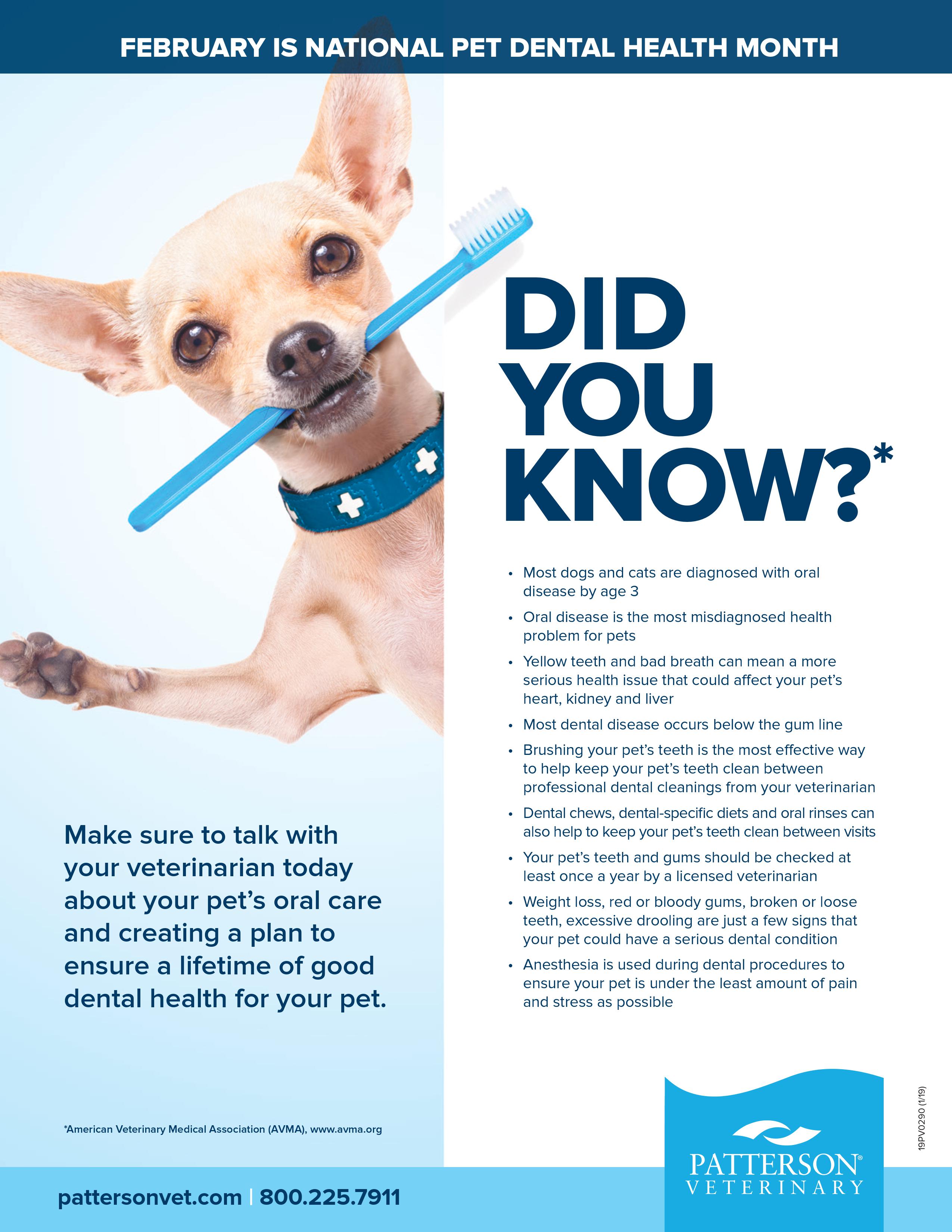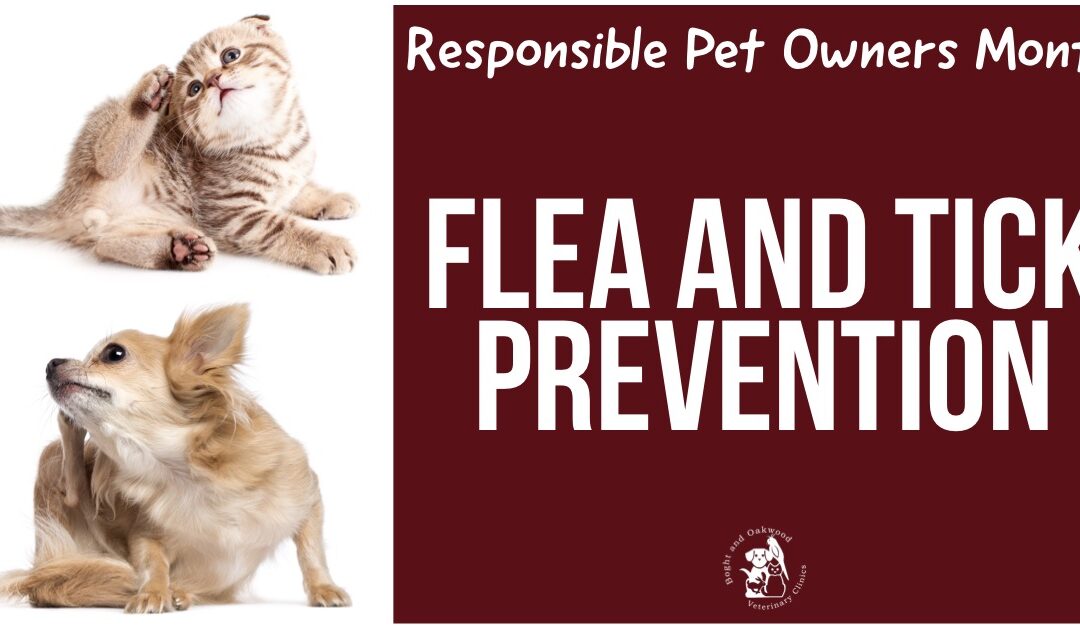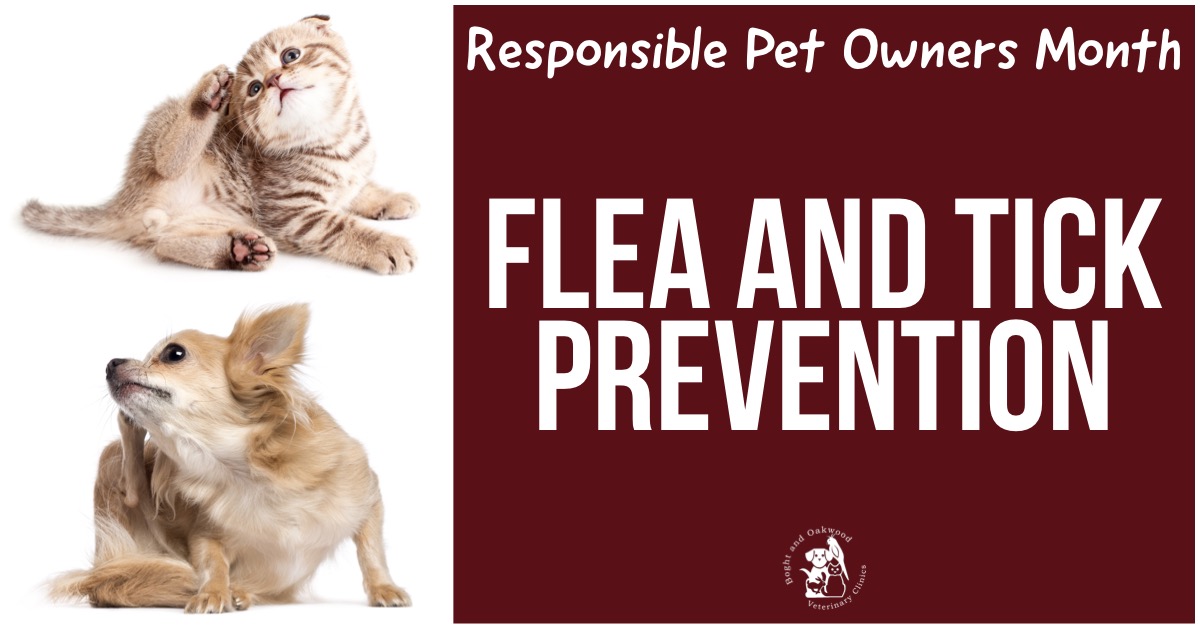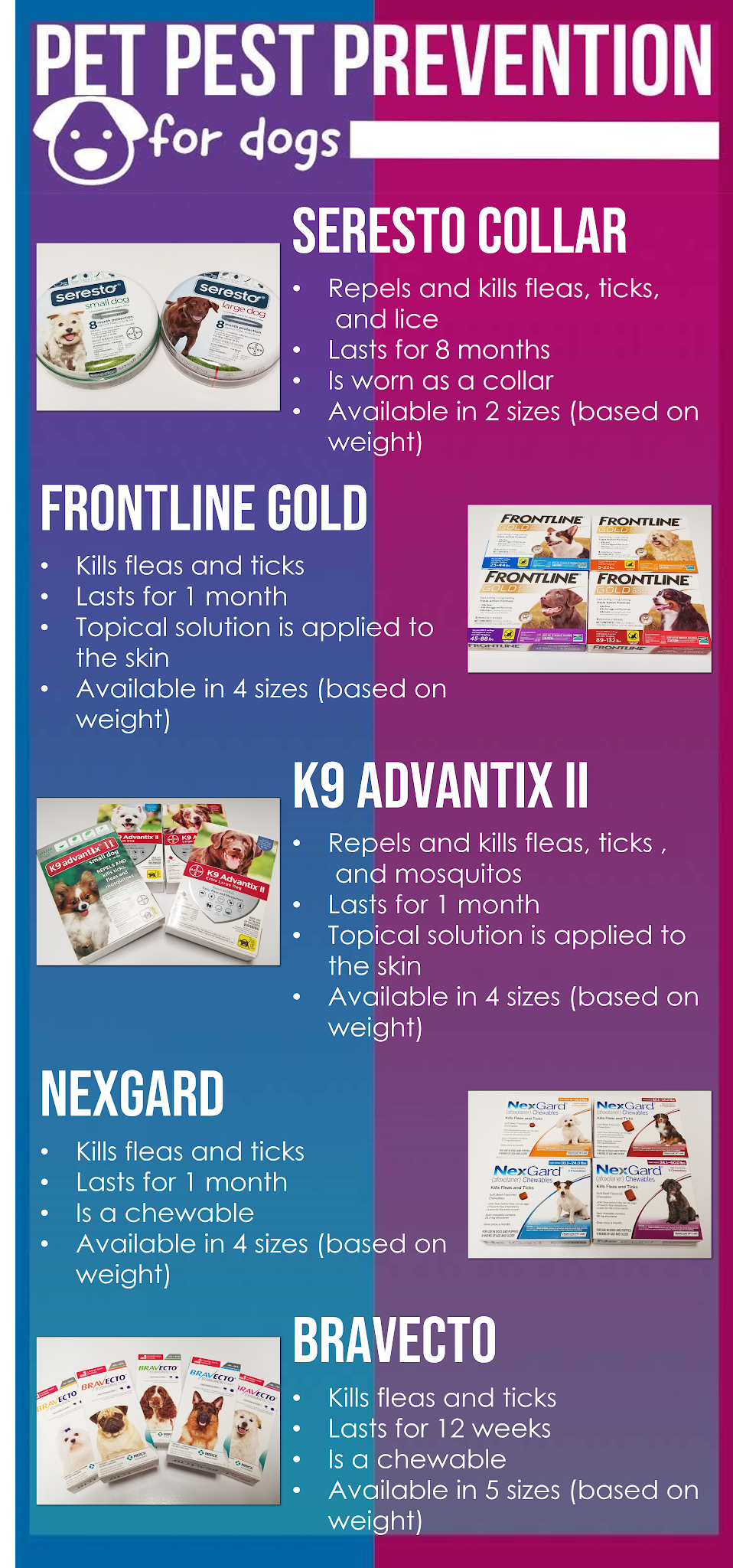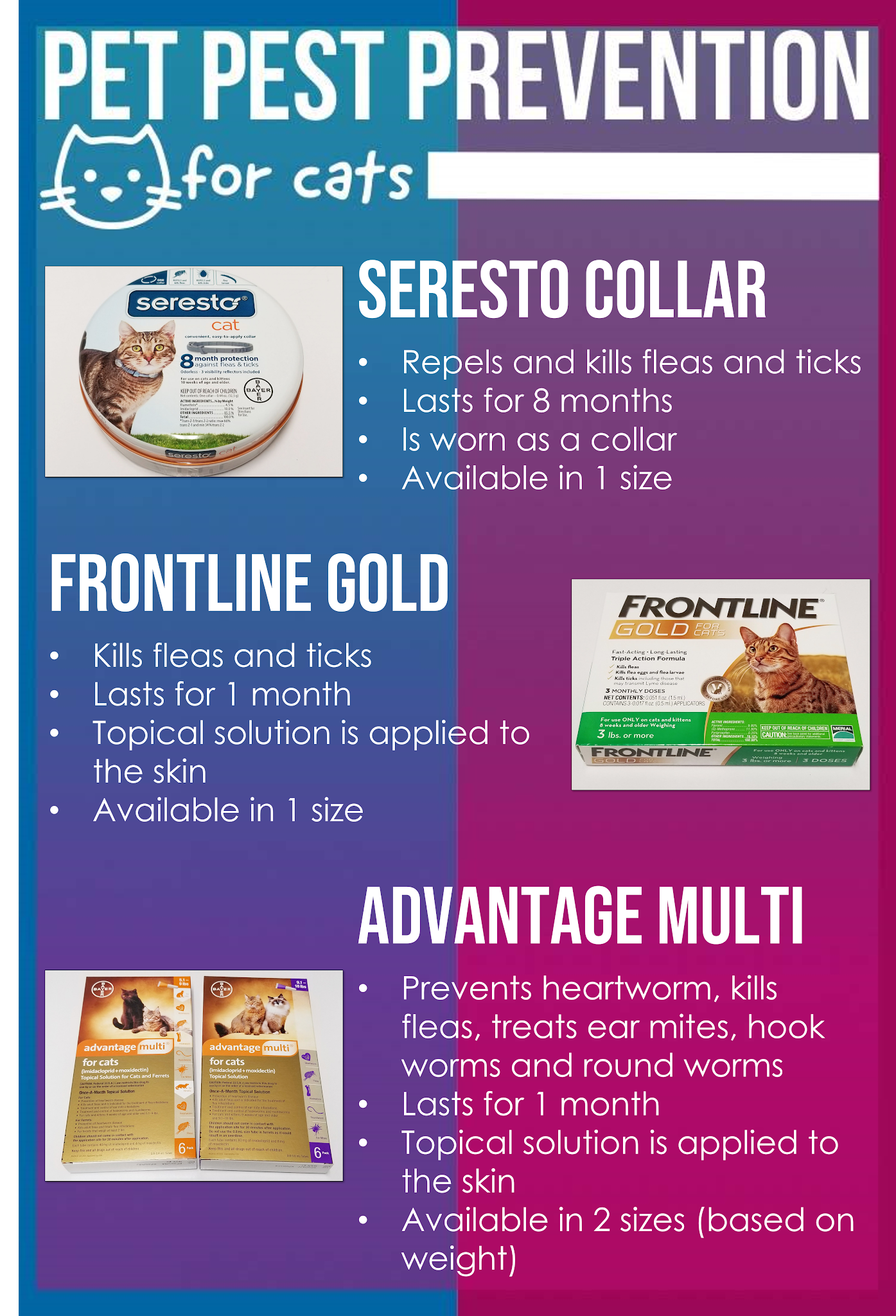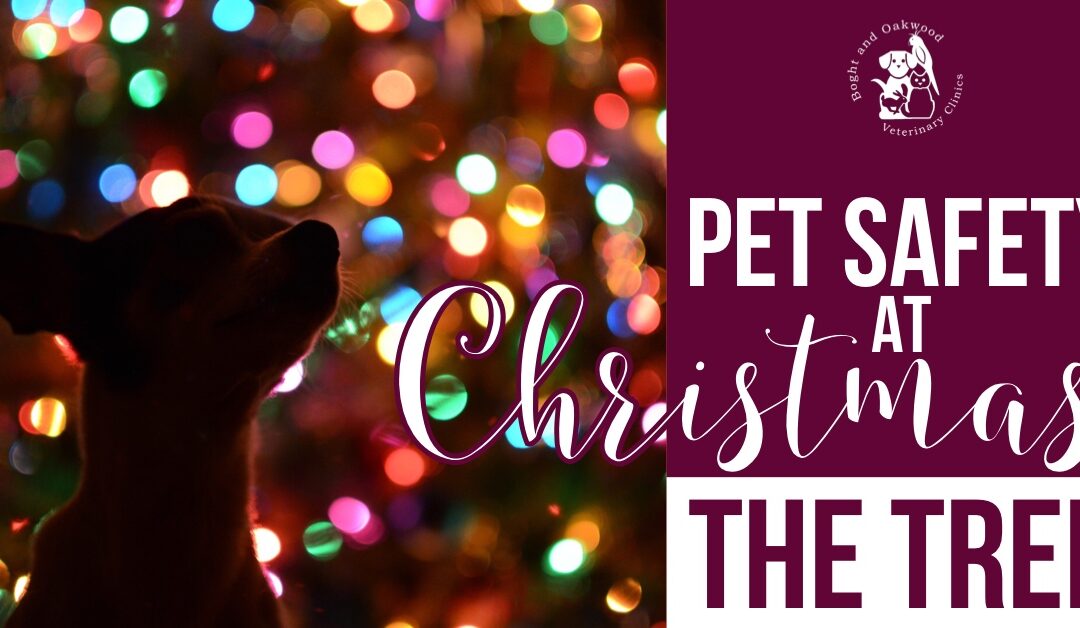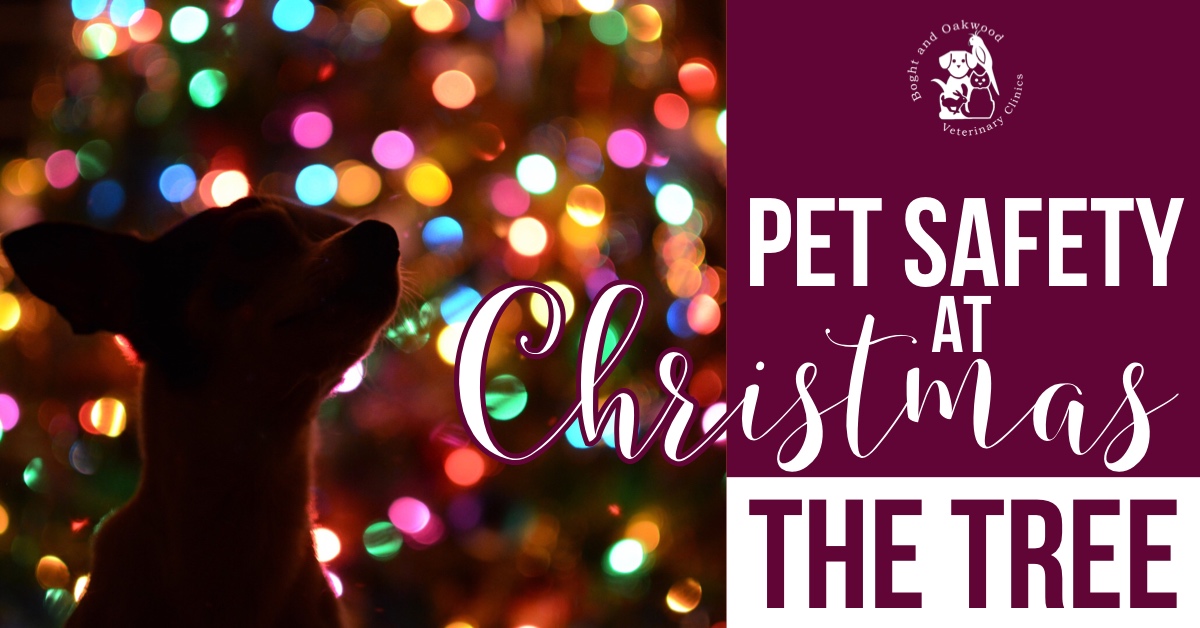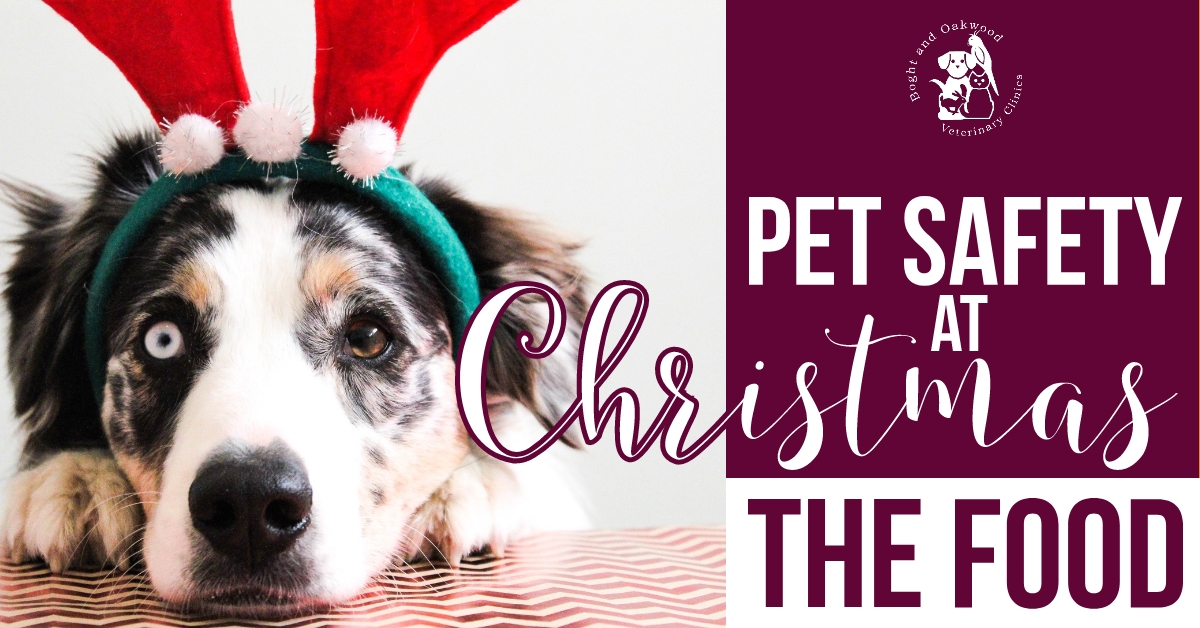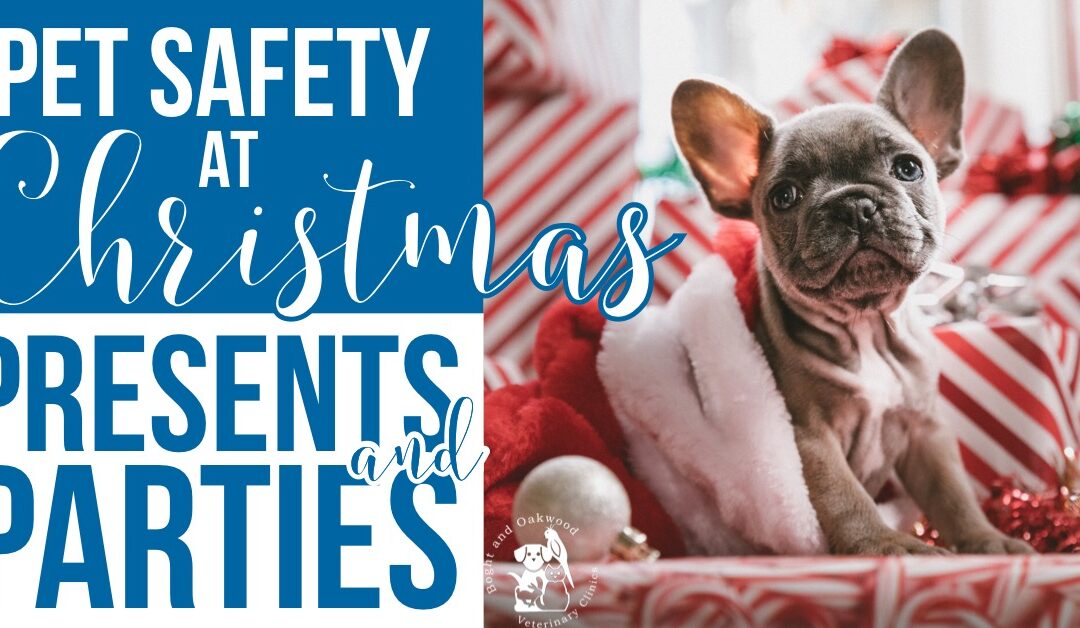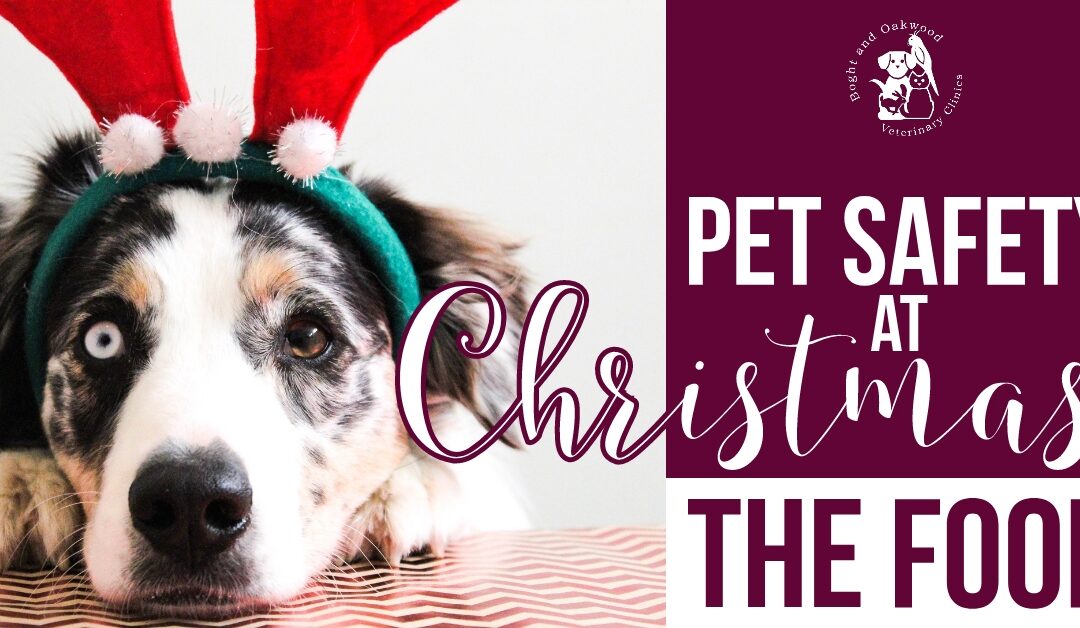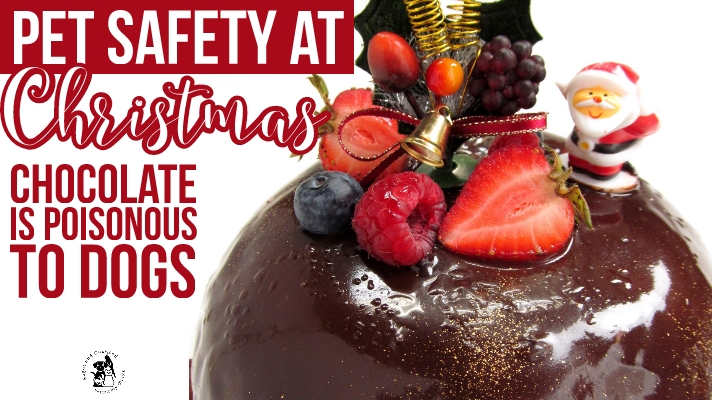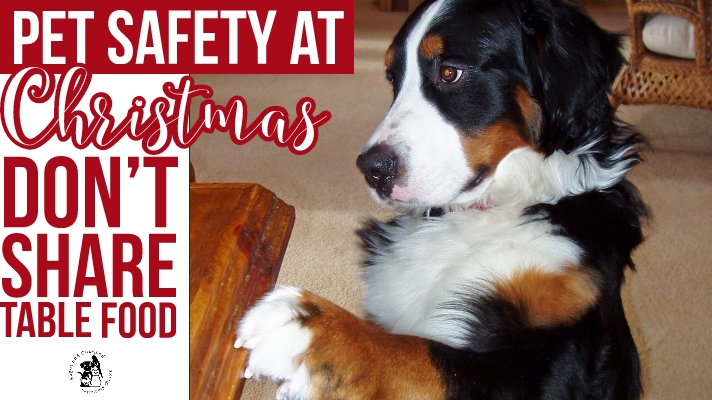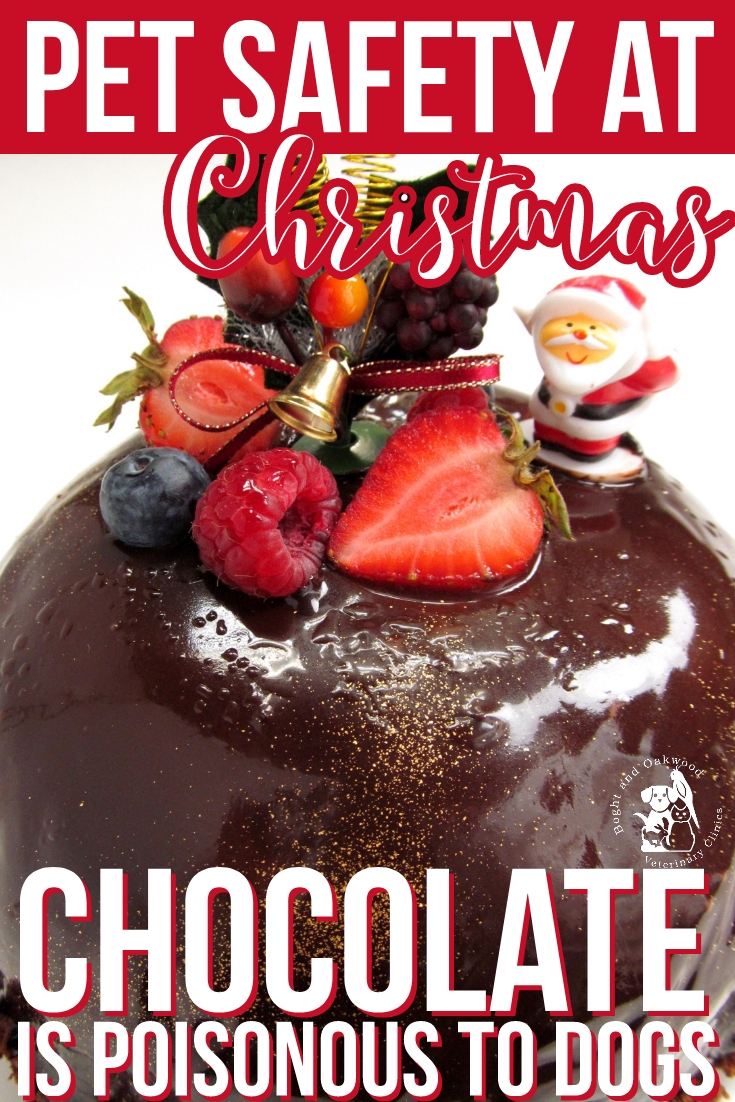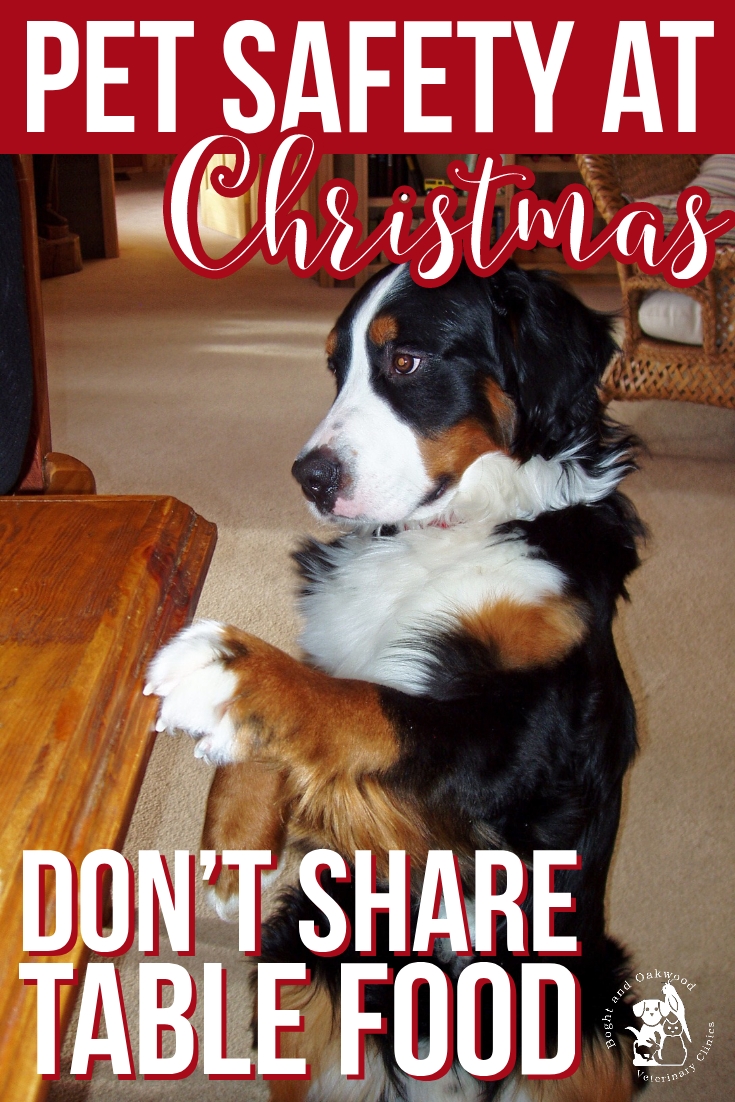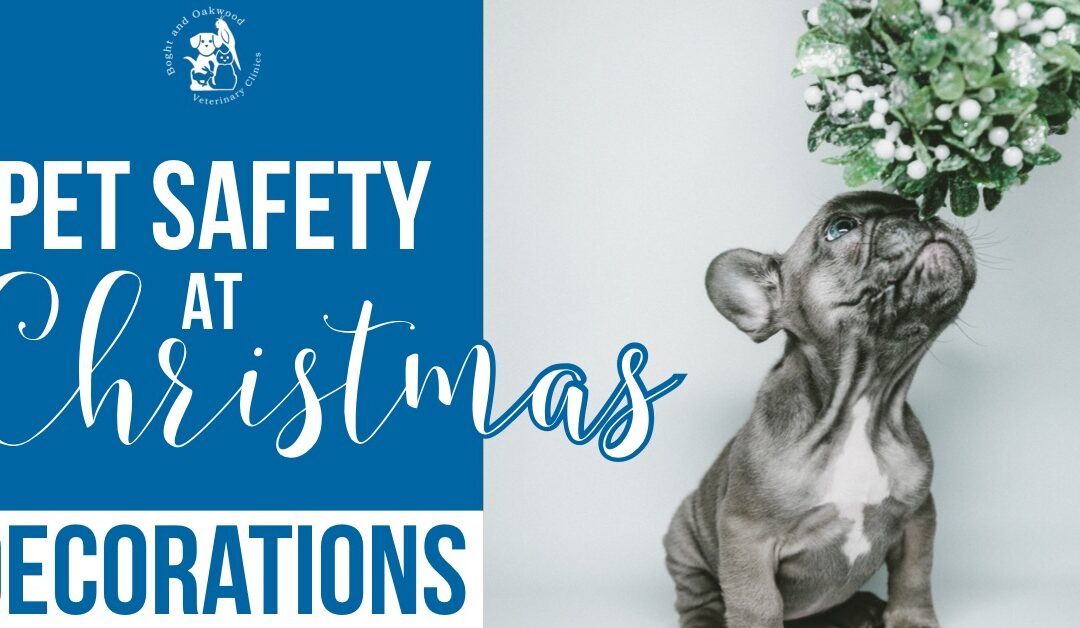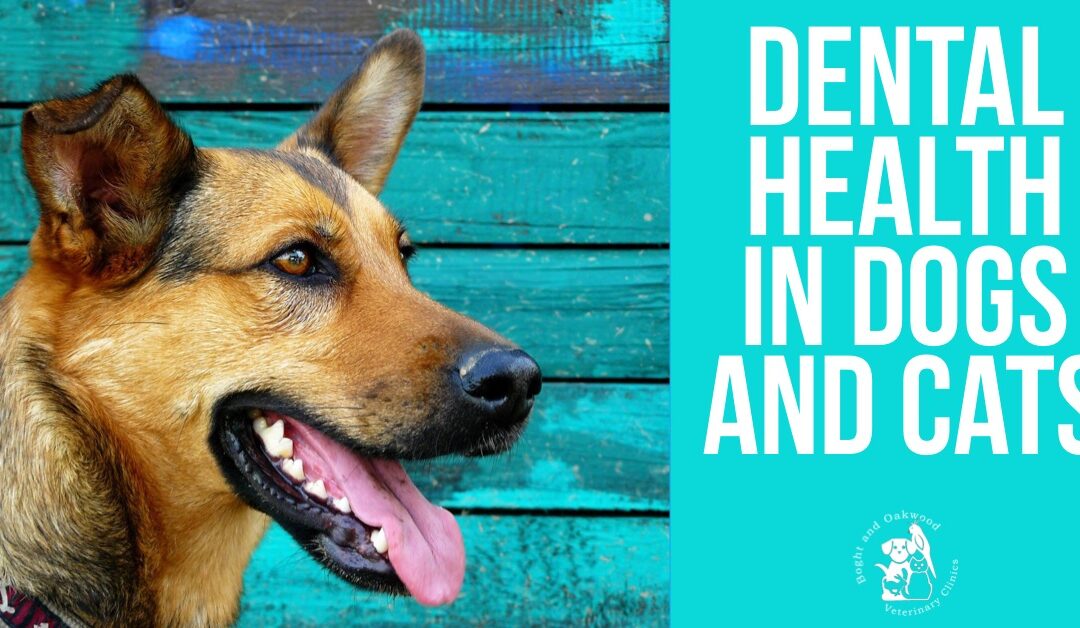
Dental Health in Dogs and Cats
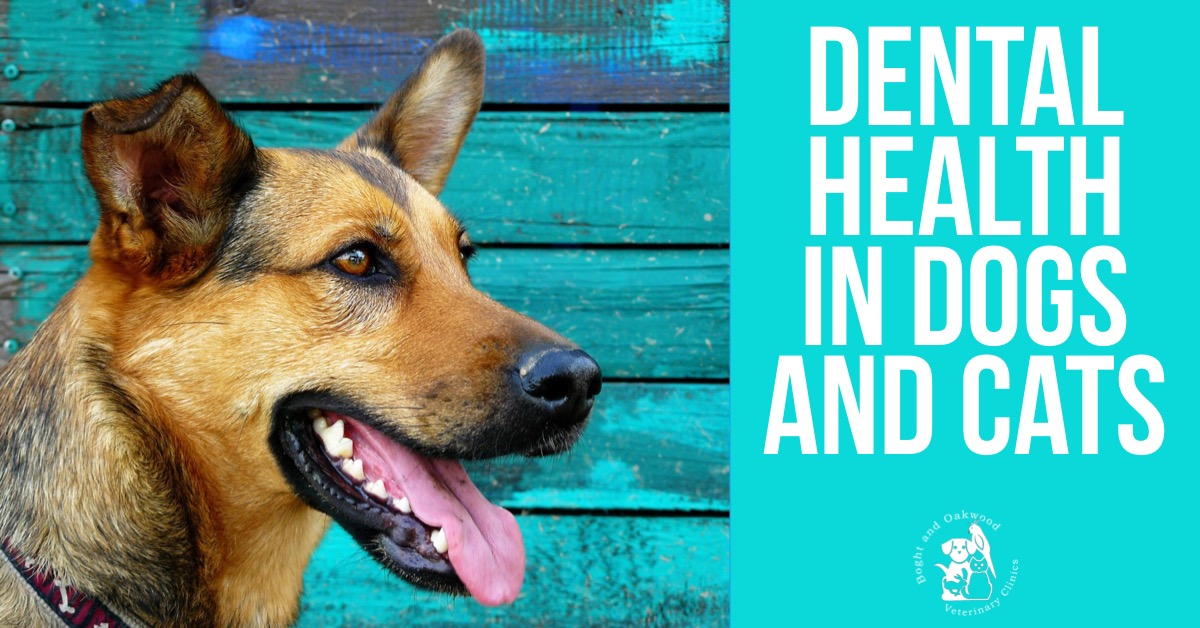
Do you brush your teeth every day? Sure you do – maybe even twice a day. We floss, use mouthwash, and be sure to see a dentist every six months. Why? Because we know how important our teeth are! Well, those pearly whites are just as important for your pets!
There are many ways to keep your pet’s teeth healthy. First and foremost, your pet’s mouth should be checked at least once a year by their veterinarian. At the Boght and Oakwood Veterinary Clinics we check teeth at each annual exam. In between vet visits the best thing you can do for your pet’s teeth is to brush them. Brushing once a day is best, but at least twice a week works to keep them healthy. You can get toothbrushes in our office, or at a pet store. Same for pet-approved toothpastes. If brushing your pet’s teeth is out of the question you can also find dental chews which help fight tartar build-up. There are also food and water additives that can help prevent oral disease.
Because most dental disease occurs below the gum line it can be hard to diagnose. There are some things to watch for. Bad breath is probably one of the first signs of dental disease in your pet. Excessive drooling is another sign. Since oral disease can be painful your pet may be hesitant to eat. You may also notice that they begin to lose weight. Obvious signs are red or bloody gums and broken or loose teeth. If you notice any of these symptoms in your pet be sure to call your veterinarian as soon as possible.
